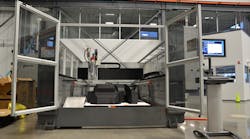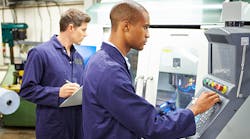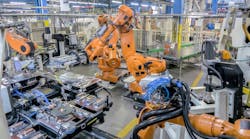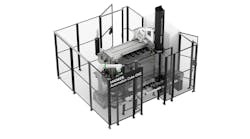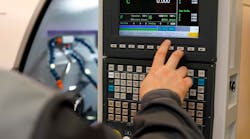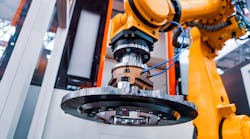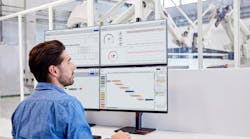Lockheed Martin announced a collaboration initiative with the Massachusetts Institute of Technology to research “generation-after-next autonomous systems,” meaning human-machine teaming and navigation in complex environments, among other technological issues involving autonomy and robotics. The aerospace and defense manufacturer and the university formalized their multi-year collaboration with a master agreement, which calls for exchanging scientists, support for undergraduate research, fellowships, and Lockheed internships.
The specific working arrangement will be conducted through the Institute’s Department of Aeronautics and Astronautics (AeroAstro), in collaboration with MIT’s Computer Science and Artificial Intelligence Laboratory. Neither Lockheed nor MIT indicated the terms or budget for the initiative.
AeroAstro Department Head Jaime Peraire said the Lockheed agreement formalizes a partnership that has been in progress for several years, “and aligns with MIT’s mode of conducting research and education by melding academic rigor with real engineering challenges and applications.”
“We have a valued relationship with MIT and are looking forward to moving to this next chapter and partnering with world-class researchers,” stated Lockheed chief technology officer Dr. Keoki Jackson. “We are focused on advancing technology and recruiting top talent, both of which are crucial for creating the next generation of aerospace systems.”
Many manufacturing operations rely heavily on robotics for repetitive or risky tasks, or to ensure consistency for part handling or placement. Tending CNC machines is a ready example that may apply in each situation. Lockheed has previously stated that “autonomous or semi-autonomous robots” able to work together with humans will need technology that allows the units to demonstrate “perception, processing, power and planning” (referred to as the Four P’s.)
Some of these skills are available now in the new class of collaborative robotics, or cobots, which have industrial applications, though not yet in heavy manufacturing operations. The Four P’s have not yet bee fully accomplished.
“We’re making the investment today, not just in research and development of the technologies that could have the most impact on future generations, but in the talent of these amazing individuals that will truly shape the future,” stated Dr. Padraig Moloney, Lockheed Martin’s program manager, who is described as the architect of the new initiative.
“We’re confident that our relationship and collaboration in these technical areas will influence the fields of autonomy and robotics for the next 15-20 years,” Moloney added.

